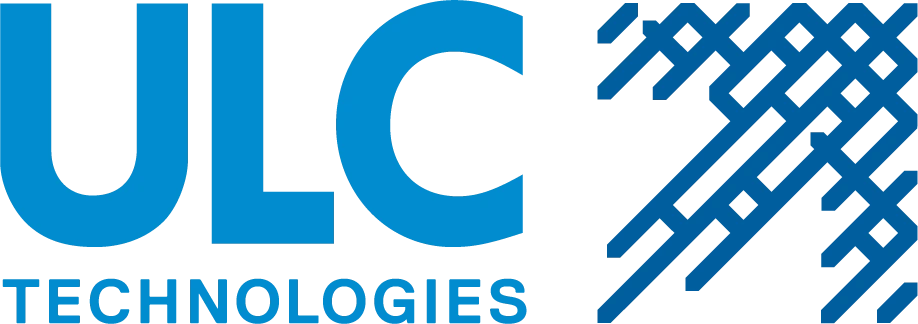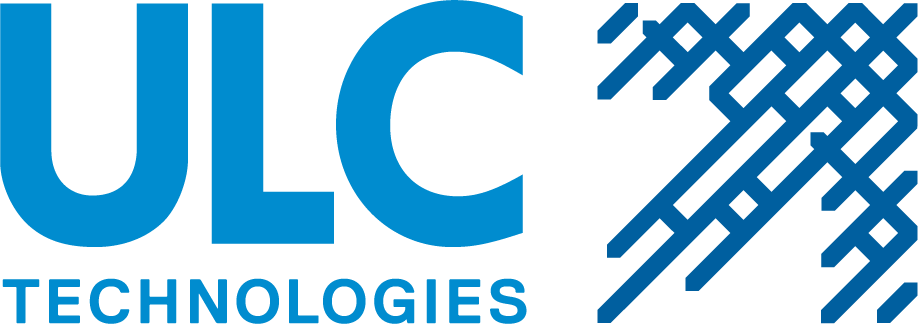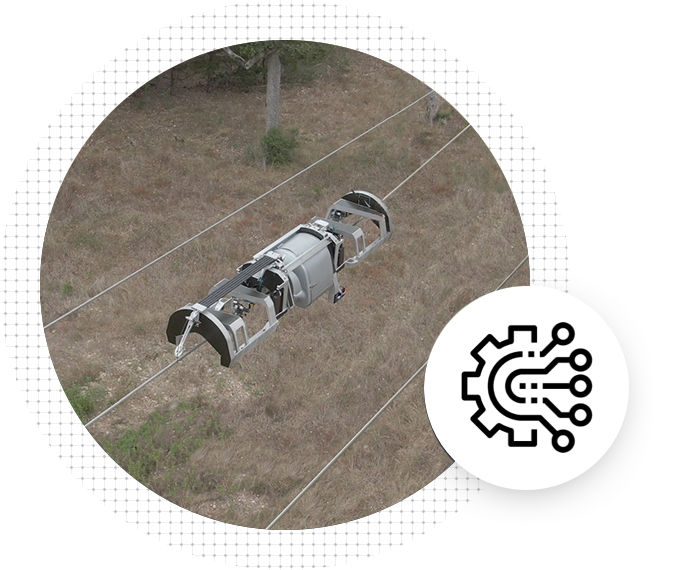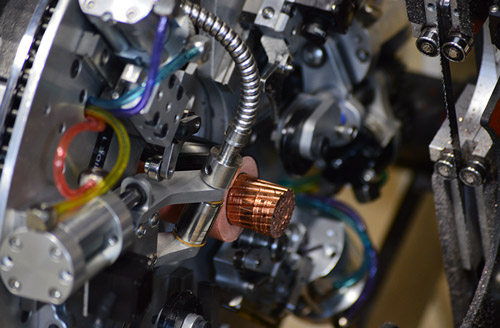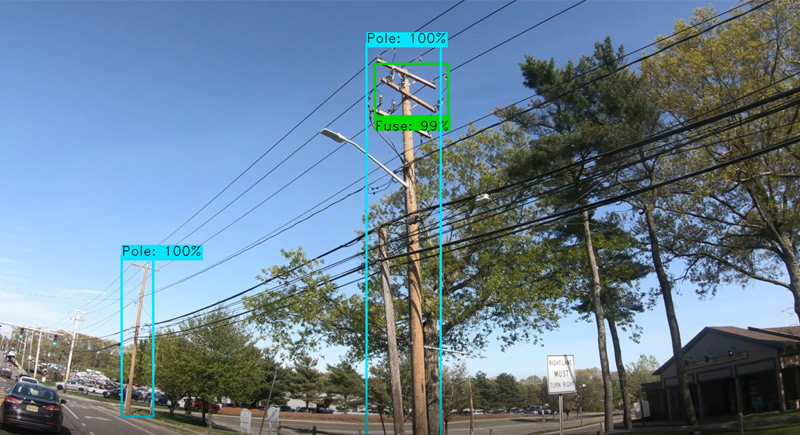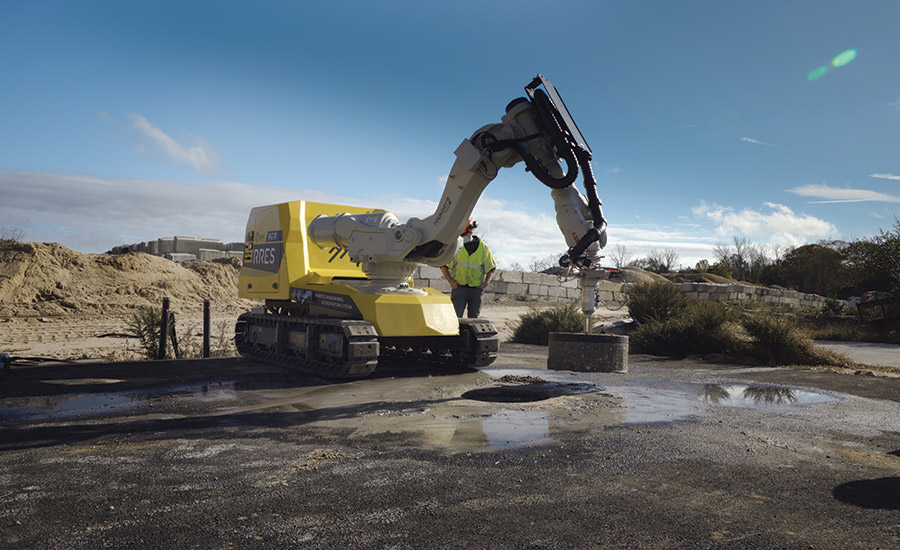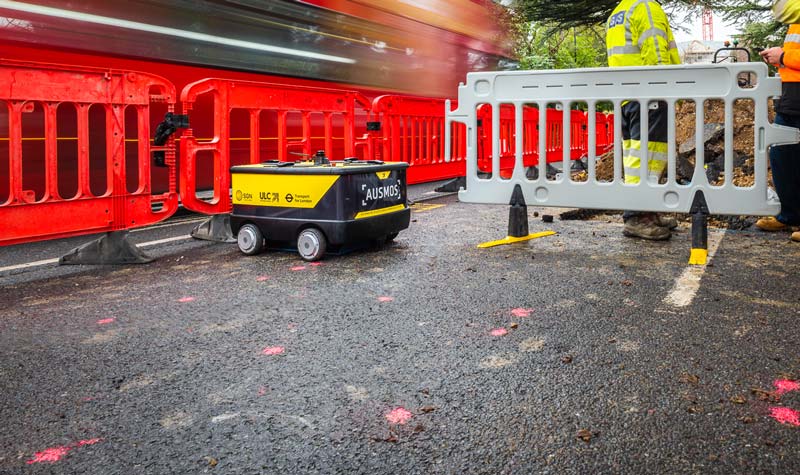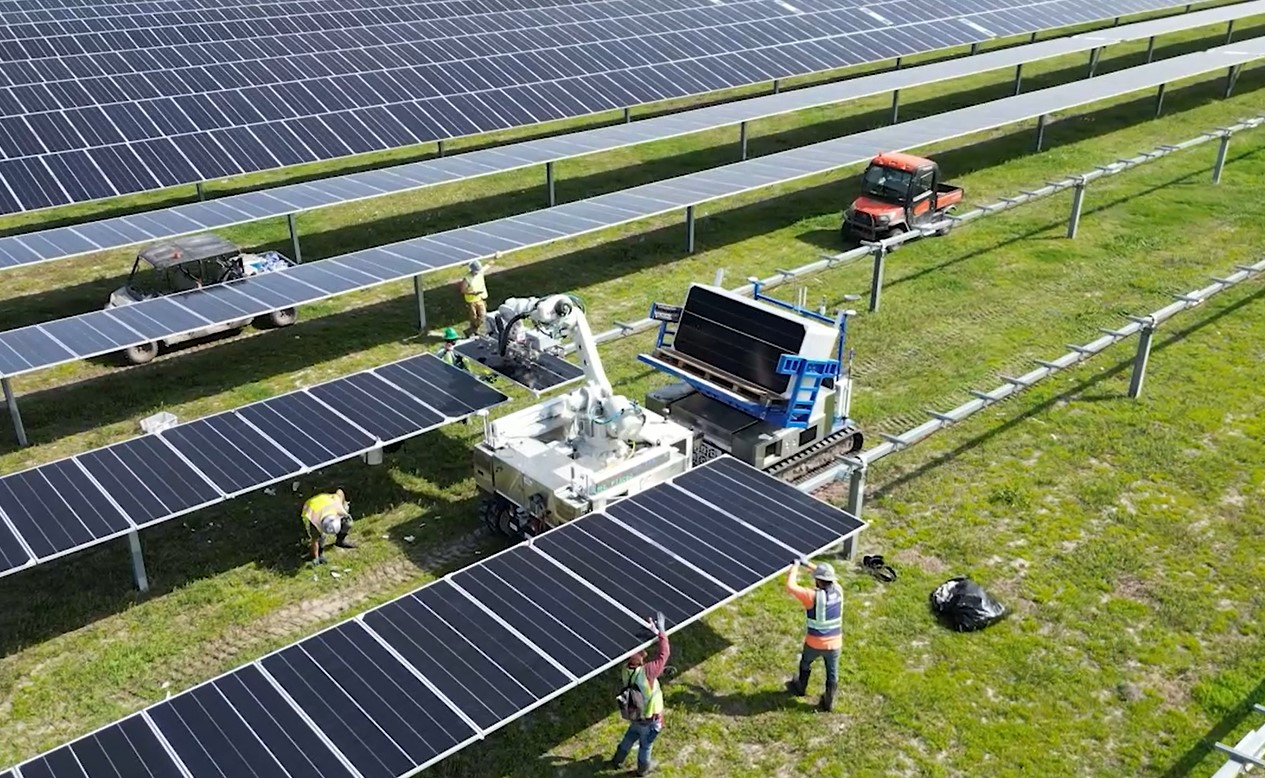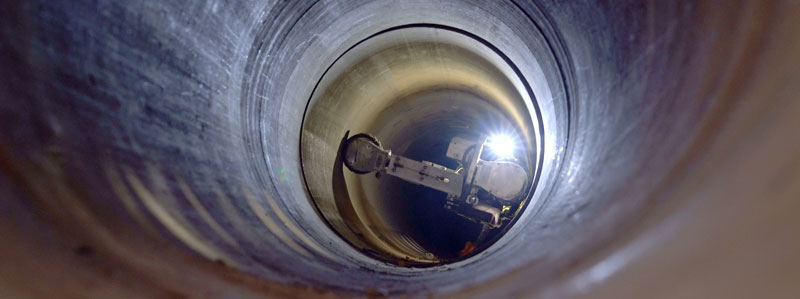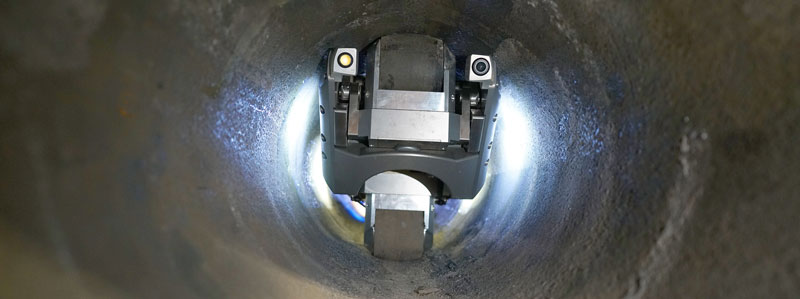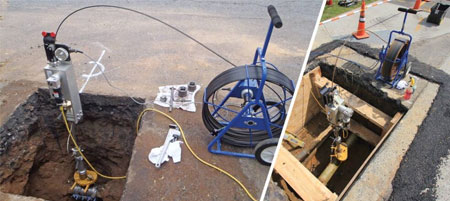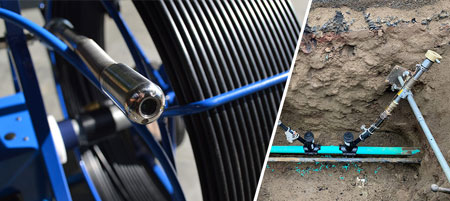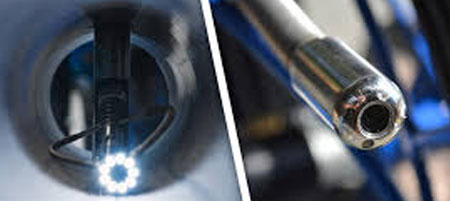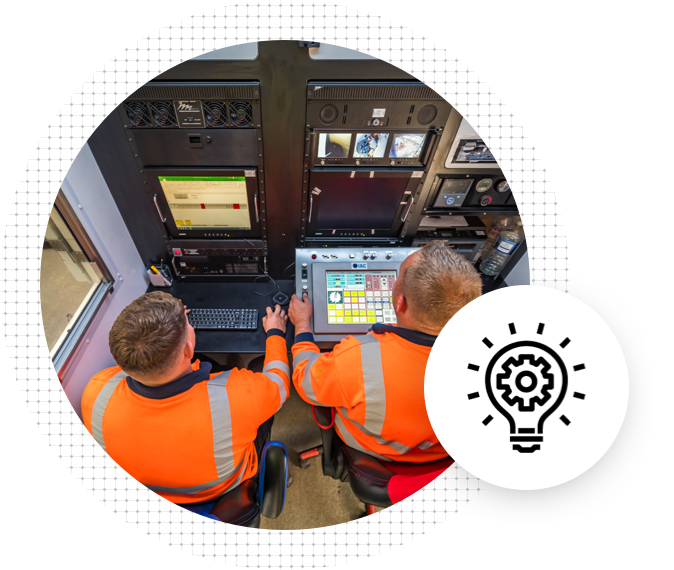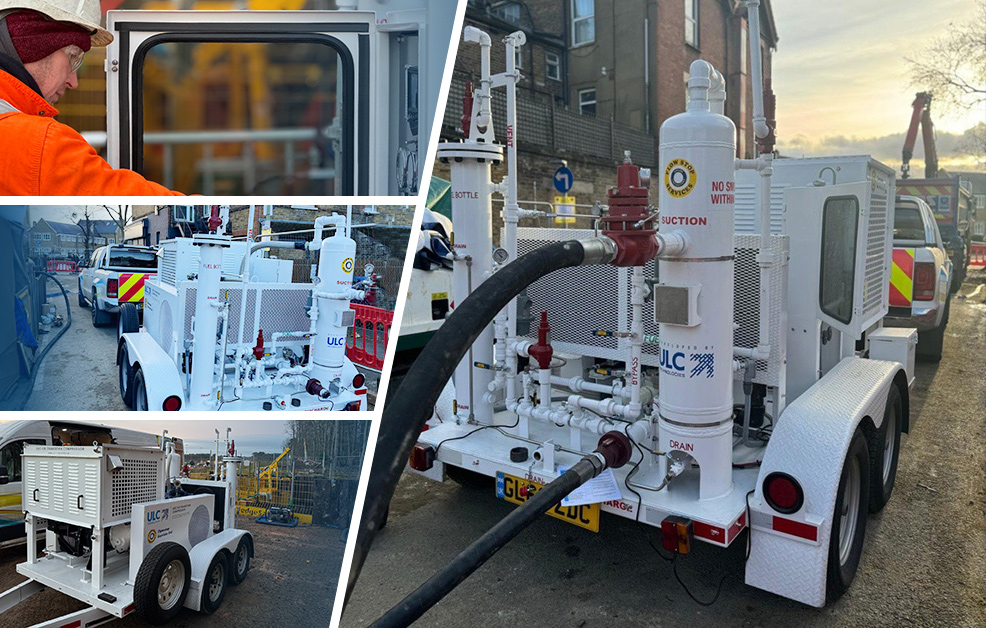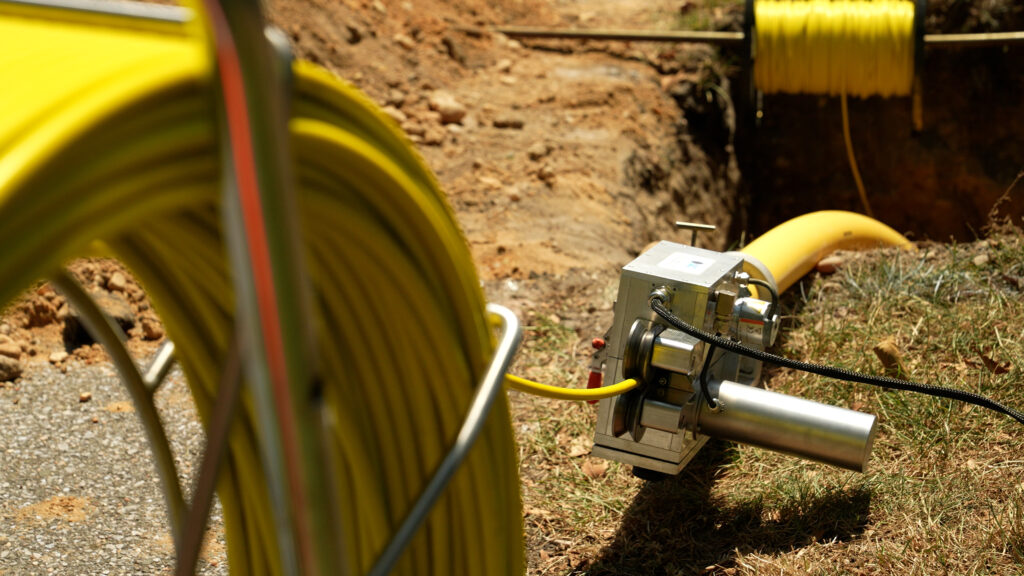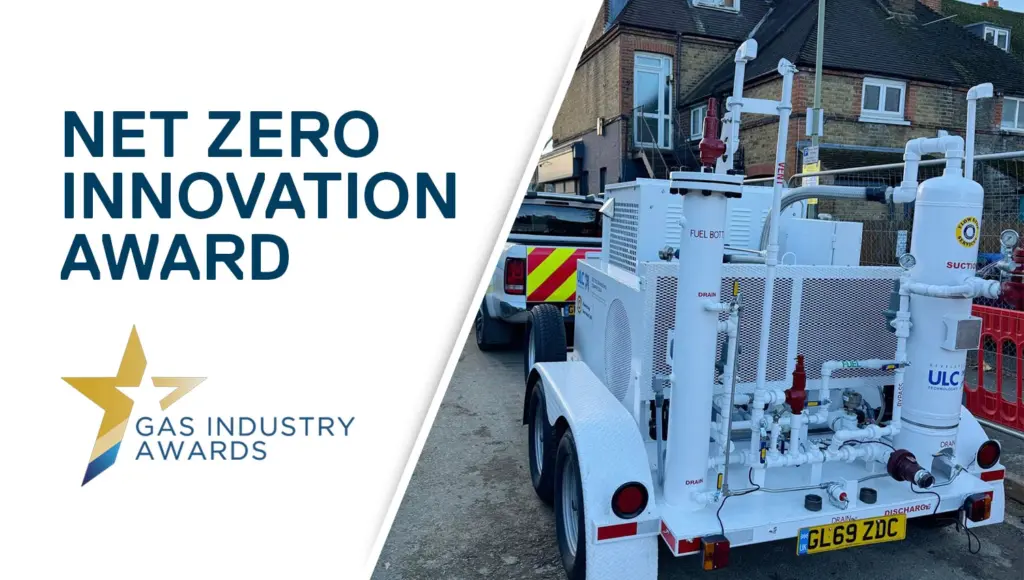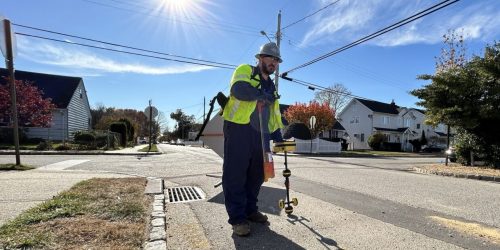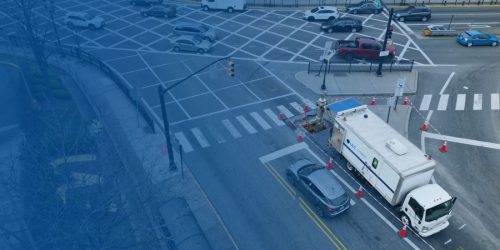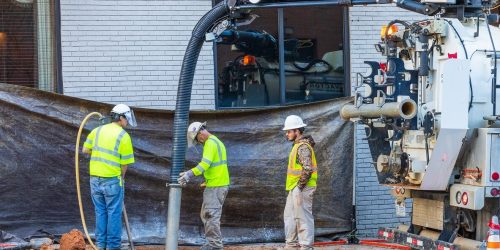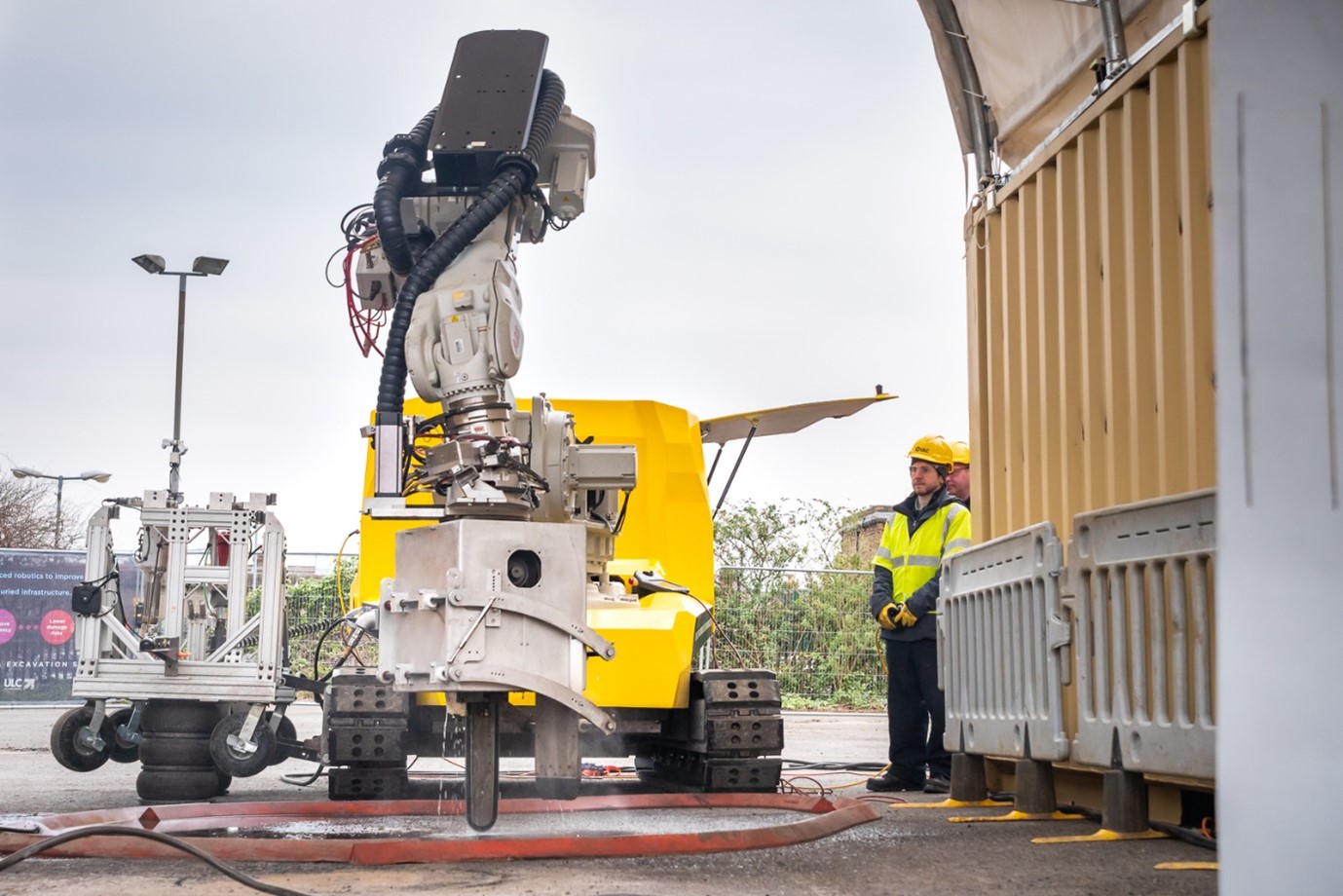
A world-first autonomous robotic system that set out to transform roadworks was put to the test on SGN’s network after 3 years of advanced engineering development.
In the UK, there are over 1.5 million kilometers of underground assets which risk being damaged by over 4 million heavy excavation and surface breakings that take place annually. Alongside safety concerns for engineers from digging below the surface of roads around cables and pipes, pollution due to heavy machinery and traffic queues is also a major issue, creating significant disruption for the public.
Through the development and evidence of a strongly established innovative partnership, SGN was successfully awarded £7.2m of Ofgem’s Network Innovation Competition (NIC) funding in 2018 to collaborate with ULC Technologies to develop the world-first robotic system to revolutionize methods of excavation, utility interaction and reinstatement – the Robotic Roadworks and Excavation System (RRES).
The Need for an Innovative Solution
RRES transforms how utility and industrial companies perform excavations and operations by automating the process. The system fuses a powerful industrial robot, an all-electric track drive system, below-ground locating sensors, artificial intelligence, machine vision, and new vacuum excavation methods for safer, faster autonomous roadworks.
The innovation was designed to be an “open-source” platform to support multiple industries in overcoming the typical challenges associated with roadworks including worker safety, excavation damage, disruption and operational inefficiency, and CO2 emissions.
By eliminating the need for traditional equipment and processes, the system provides a range of cross-transferrable benefits to set a new standard for the future of utility roadworks.
A single utility excavation results in a major investment of time, labour and money including permit costs, numerous vehicles and the need for multiple tools and equipment to deliver an end-to-end excavation process. A typical end-to-end excavation process takes 5 days and can cause significant disruption to customers and road users from large scale trenching with multiple teams involved.
According to the Global Traffic Scorecard released by Inrix, nationally, British drivers spent 980 million hours sitting in traffic in 2021, costing the country £8bn. Roadworks have had a massive impact on the levels of congestion, particularly in cities such as London, as well as contributing to CO2 emissions.
Compared to traditional excavation methods, RRES has a much smaller carbon footprint on site and excavates keyholes to minimise the size of excavations. The system has the ability to reduce time on site by completing an end-to-end excavation process from days to hours. In turn, this results in minimised customer disruption and costs savings from requiring less traffic management, lane rental charges, labour and materials.
There is also a strong requirement for new technologies and methods across the industry to address the challenge of historical underground infrastructure data. With outdated, and sometimes missing infrastructure maps, accidental damages to cables or pipelines can create a real and serious hazard for operators undertaking excavation activities.
While in development, soft-touch tooling was designed for the system coupled with the ability to sense buried utilities and objects to negate cable strikes for increased protection for operatives and stakeholders.
System Capabilities
The current capabilities of RRES include below-ground sensing, cutting the road surface, soft-touch excavation, backfill, and reinstatement. With the system’s benefits being cross-transferrable to a number of utilities, infrastructure, and construction sectors, using a robotic arm allows third parties to develop additional tools for RRES to use across all types of roadworks.
SGN Head of Innovation John Richardson said: “Typically, accurate robotic systems are found inside protected and controlled environments. RRES takes this technology into the field, mounting a robotic arm on a track to make the system mobile. It will help reduce risks to our engineers while providing them with new skills and state-of-the-art equipment.”
“Any industry which needs to scan below ground and carry out deep excavations will benefit from RRES, including other utility companies and the construction and development sector. At SGN, we can potentially reduce the time taken for a typical gas repair job from days to hours, which is great news for our customers, colleagues and the environment.”
Since 2020, ULC Technologies’ engineering project team have advanced each subsystem through design iterations and have integrated them with the robotic arm. The system conducts the following operation in a matter of hours:
Below-ground sensors
The system begins by scanning the ground using a suite of non-destructive sensors. Once the data collection is completed, the proprietary software processes the captured data and creates a 3D model of underground assets, enabling teams to plan a site for excavation to reduce guesswork, as well as improve operative safety.
Keyhole cutting
Based on the computer-generated 3D map of the assets underground the operatives can define the best location, size, and depth for the keyhole to be excavated. RRES is equipped with a road cutting device to cut and remove a keyhole shape from the road surface. Unlike traditional methods, the device can cut any shape into the road. During the operation, the robotic arm can sense material hardness and adjust the cutting speed in real-time to extend the life of the cutting bits.
Soft-touch excavation
With the surface core removed, the soil above the asset is excavated. RRES uses supersonic air nozzles to agitate the soil, which is removed with a vacuum suction mechanism. The robotic arm articulates the end effector so that every layer of soil is impacted by the supersonic blast of air before removing them with the vacuum.
Backfill and reinstatement
After work is conducted on the asset, the robotic arm is integrated with an air compactor for reinstatement of the recycled loose material that was put aside from the excavation. Finally, the road surface core is replaced and sealed, enabling teams to head to the next excavation site.
Field Trial Testing & Results
Following three years of development and system validation at different test locations in the U.S., the system made its way to the UK to begin field trials on SGN’s network. Located in SGN’s gas holder site in Epsom, ULC Technologies and SGN hosted industry stakeholders on site, offering the chance to see the system in person.
ULC’s operatives recalibrated the system following shipping from the U.S. and began training operatives on how to use the system. With limited underground data on the site, during the course of the two-week trial, a below-ground scan with RRES identified the crossing of perpendicular pipes on site. With a pipe identified, RRES began a keyhole excavation above the asset to test the accuracy of the scan, and successfully exposed the asset in the middle of the keyhole.

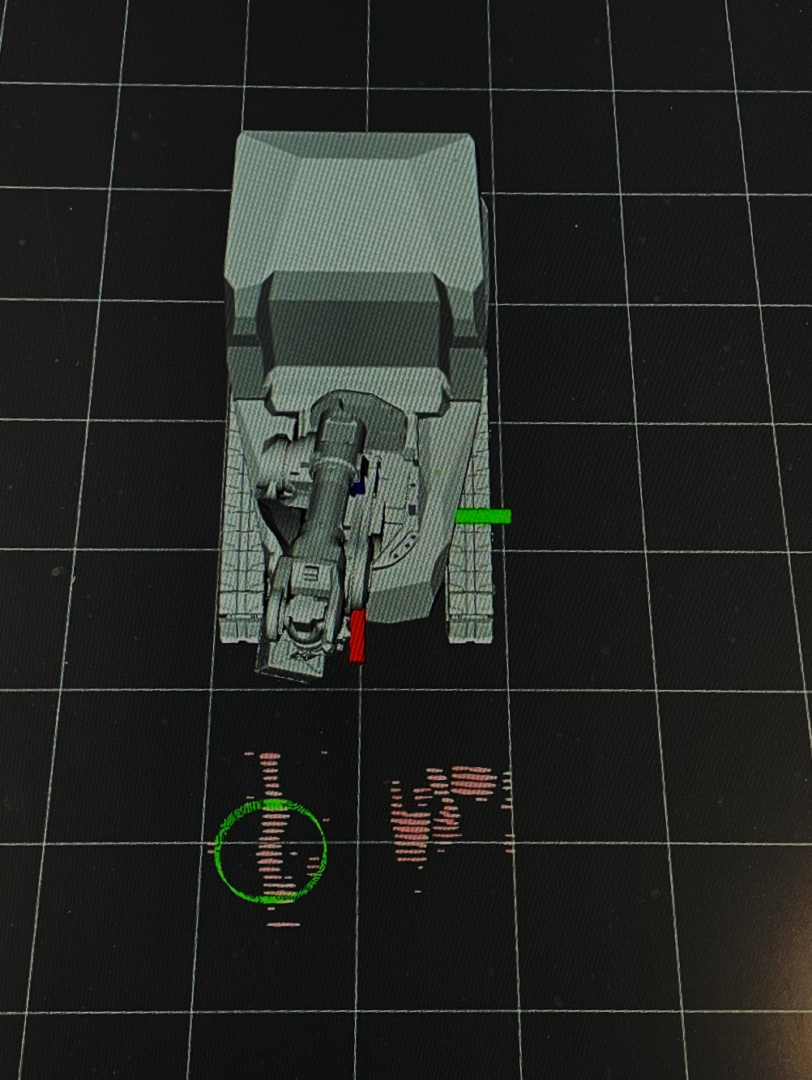

As field trials progress and more data is collected by the system, ULC will be able to further modify and develop the AI models and the software that enables it to adapt to new conditions to further support the industry.
What’s Next for RRES
Inspired by the knowledge and learning gained from this innovation project, ULC Technologies and SGN have developed spin-off technologies. These can be used to carry out some of the individual key capabilities of RRES and will enable a smooth transition for implementing RRES into business-as-usual activities.
This includes the Automated Utility Service Mark-out Solution (AUSMOS) and VEST.
AUSMOS: The Automated Utility Service Mark-out Solution (AUSMOS) shown is a semi-autonomous robotic platform that detects and marks-out below-ground infrastructure utilizing a sensor suite comprised of ground penetrating radar and electromagnetic sensors. This robotic platform automates underground mapping enabling denser GPR data collection and more powerful post-processing techniques that results in easier to interpret data, reducing the risk for accidental damage to buried assets.
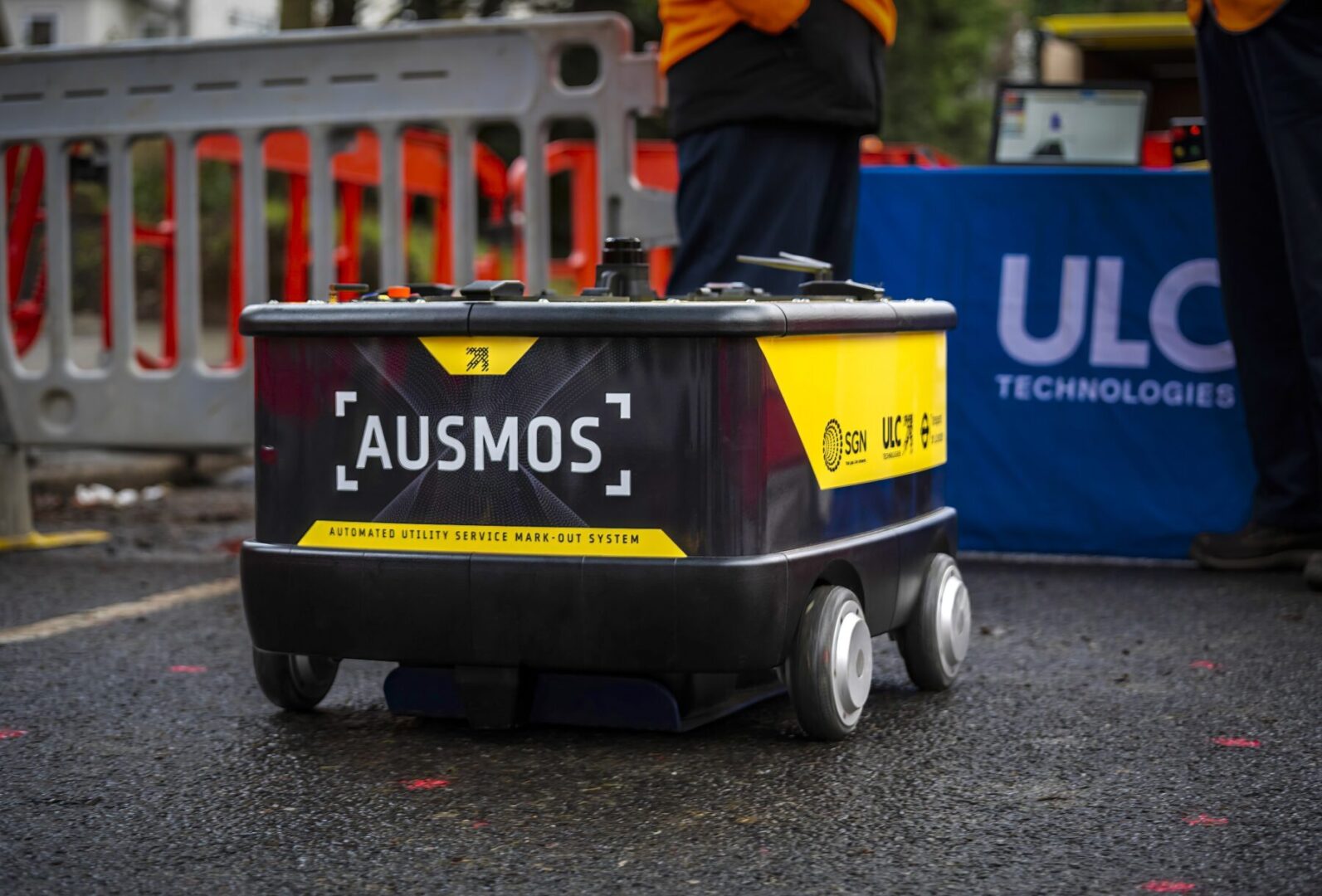
VEST: Vacuum Excavation (Vac Ex) has been in the industry for a while now, however to improve on this successful process, ULC and SGN developed a vacuum excavation tool-head that uses supersonic air nozzles to agitate and break up the soil. This provides a faster and more efficient removal of soil around high-pressure assets. This new innovation also removes the requirements for an operative to be in the excavation, providing safety benefits and an improvement in the speed of the excavation process.
Our diverse team of engineers, sensor scientists, and technicians provide end-to-end solutions for real-world applications across a variety of environments. For over 20 years, ULC Technologies, LLC has been at the forefront of the industry by partnering with the energy, utility renewables, and industrial markets to develop ground-breaking technologies and solutions that transform operations, reduce environmental impact and minimize public disruption.
Our team has experience building responsible innovations including solutions for pipeline robotics, infrastructure automation, detection & locating, advanced utility solutions, and sensor development to collect data and improve daily operations.
Do you have a need for an innovative solution to support your company’s operations? Get in contact with our R&D team today.
